Best Companion Plants For Tomatoes
Best Companion Plants for Tomatoes
Tomatoes are a popular vegetable to grow in gardens, but they can be susceptible to pests and diseases. Companion planting is a great way to help protect your tomato plants and improve their overall health. Companion plants are those that benefit each other when grown together. They can attract beneficial insects, repel pests, improve soil health, or provide shade and windbreaks.
There are many different companion plants that can be grown with tomatoes. Some of the best include:
- Basil: Basil is a classic companion plant for tomatoes. It helps to deter pests like aphids and tomato hornworms, and it also enhances the flavor of tomatoes.
- Marigolds: Marigolds are another great companion plant for tomatoes. They help to repel nematodes, which are soil-dwelling pests that can damage tomato roots.
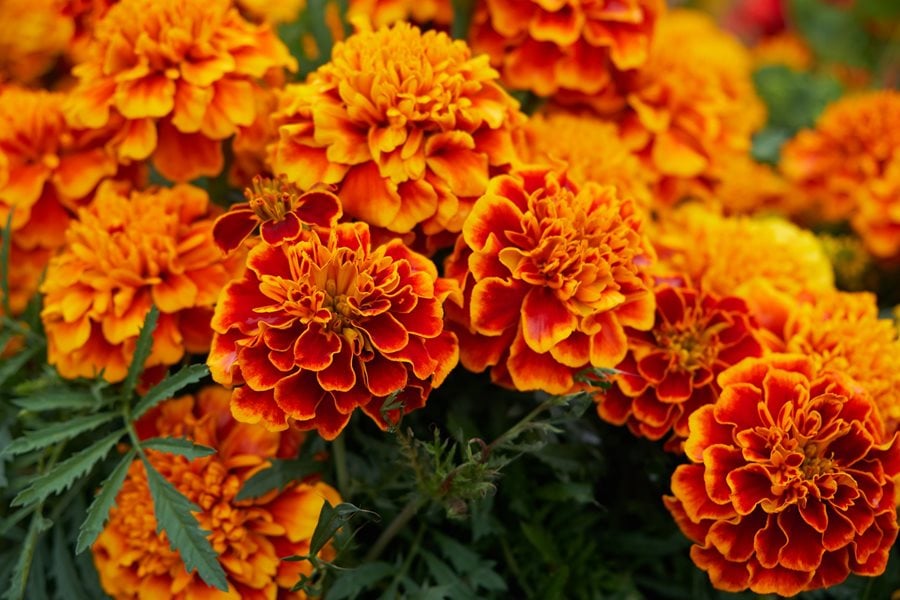
- Chives: Chives are a member of the onion family, and they have a strong scent that helps to repel pests like mosquitoes and flies. They also help to improve the flavor of tomatoes.
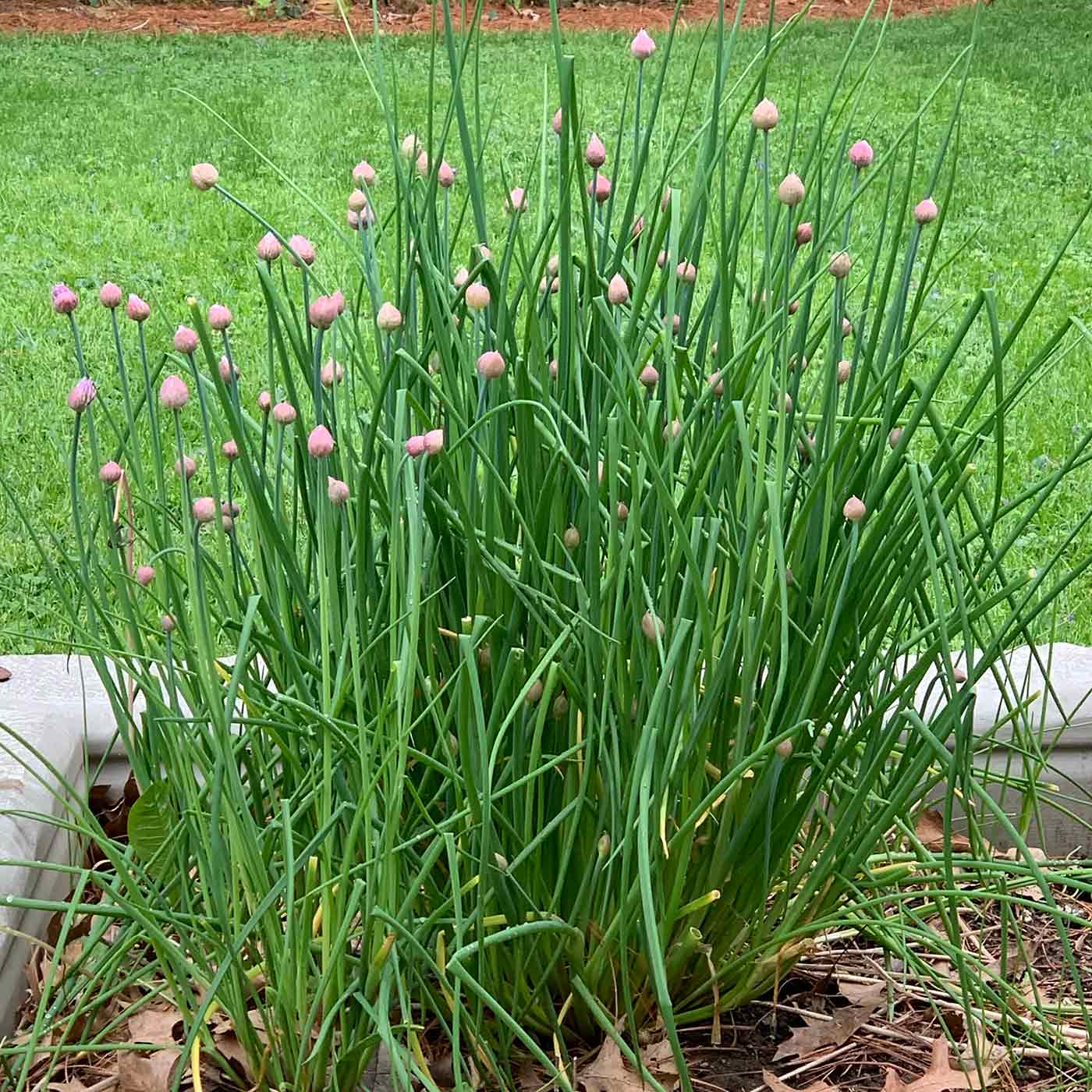
- Garlic: Garlic is another member of the onion family, and it has similar pest-repellent properties to chives. It also helps to improve the flavor of tomatoes.
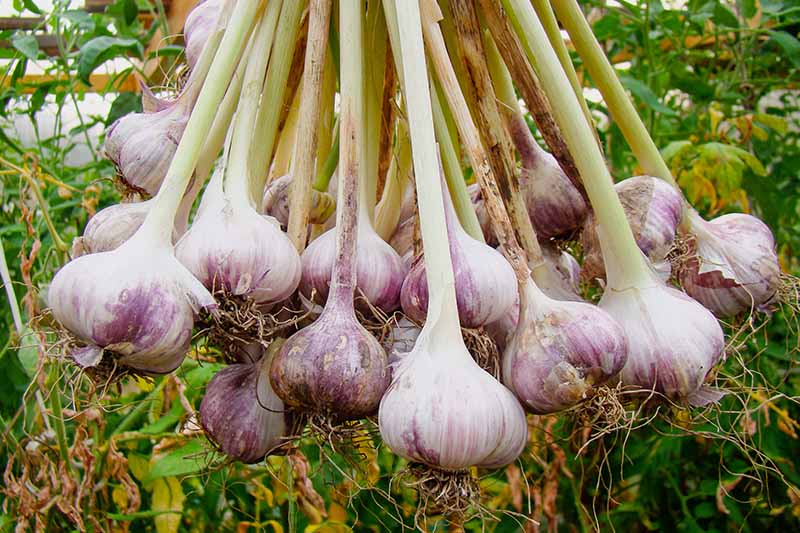
- Nasturtiums: Nasturtiums are a colorful and attractive flower that can also help to protect your tomato plants. They attract beneficial insects like ladybugs and lacewings, which prey on pests.

- Borage: Borage is a flowering plant that has a strong scent that helps to repel pests like cabbage moths and tomato hornworms. It also helps to attract pollinators like bees and butterflies.
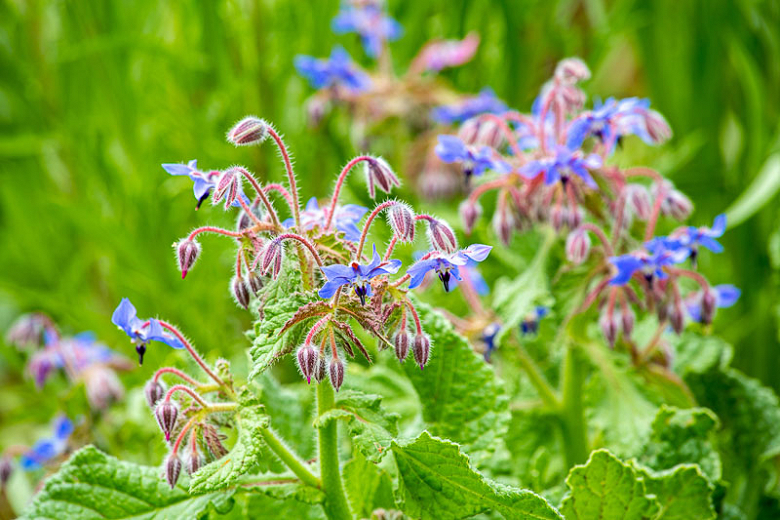
- Beans and peas: Beans and peas are nitrogen-fixing plants, which means they can help to improve the soil quality for your tomato plants. They also provide shade and support for tomato plants, and they can help to suppress weeds.
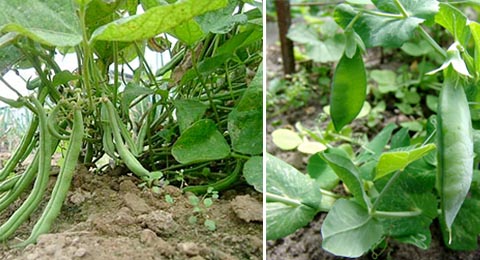
- Lettuce: Lettuce is a cool-season crop that can be planted early in the season, before your tomato plants are fully grown. It helps to suppress weeds and shade the soil, which can help to protect tomato plants from pests and diseases.
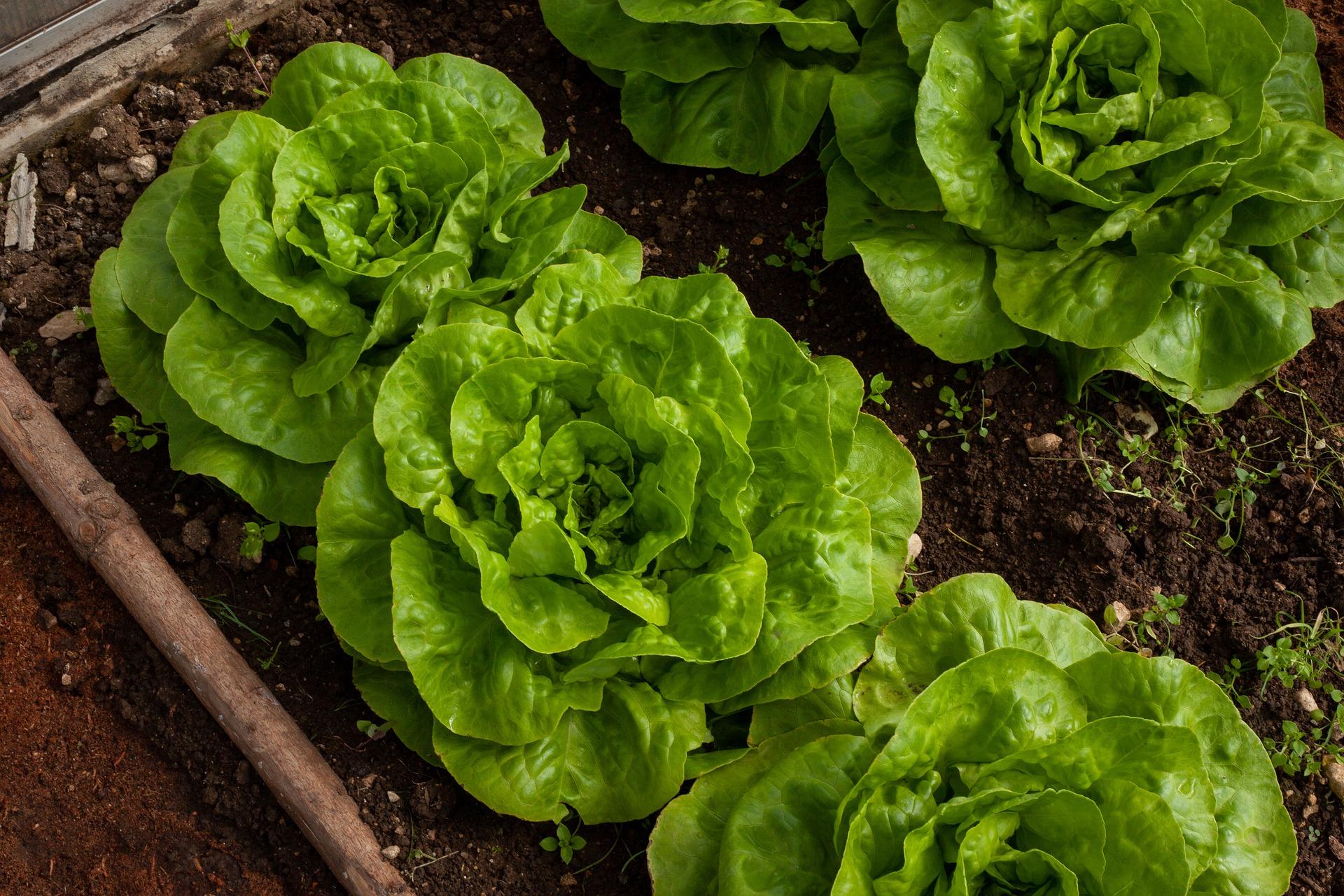
- Cucumbers and squash: Cucumbers and squash can be grown as "living mulches" around tomato plants. They help to suppress weeds, conserve soil moisture, and provide shade for tomato plants.
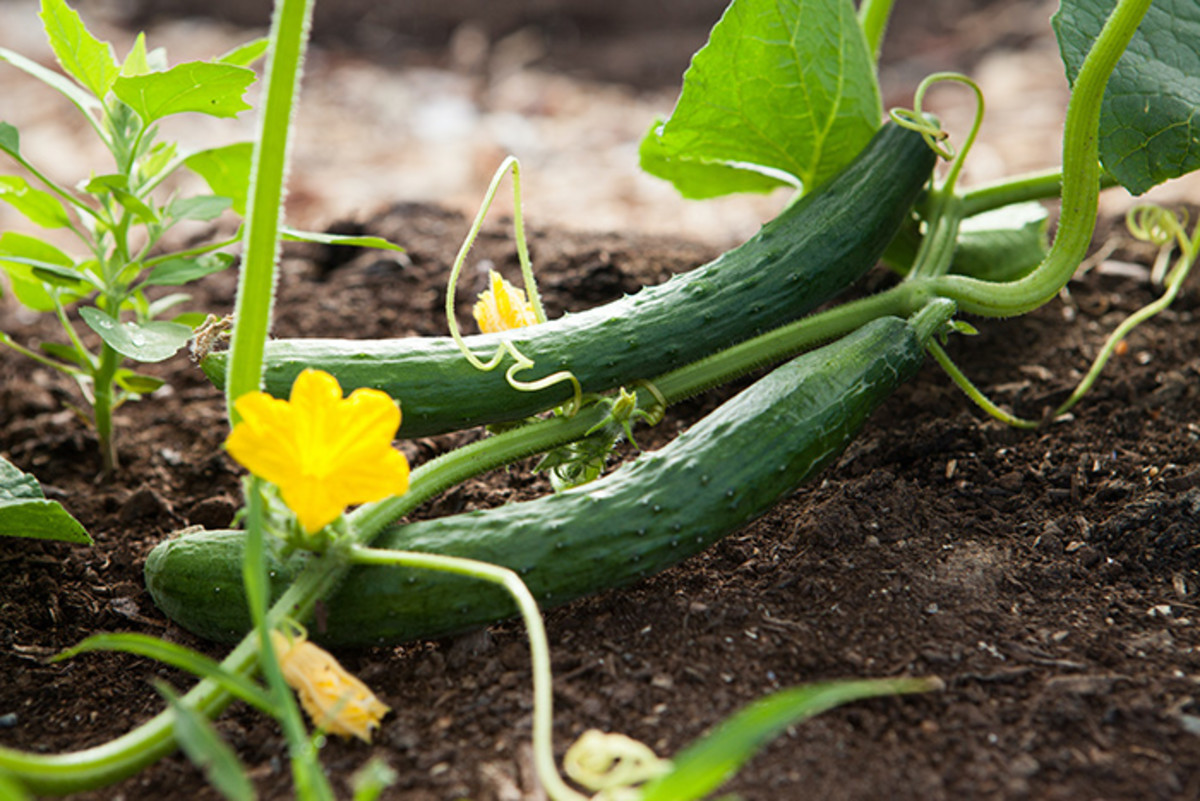
When choosing companion plants for tomatoes, it is important to consider the size and growth habit of both plants. For example, you would not want to plant a tall, vining tomato plant next to a short, bushy plant like lettuce. The tomato plant would quickly outgrow the lettuce plant and shade it out.
It is also important to consider the climate in your area. Some companion plants, such as marigolds and nasturtiums, are more heat-tolerant than others, such as lettuce and chives.
If you are new to companion planting, it is a good idea to start with a few simple combinations. For example, you could plant basil and tomatoes together, or marigolds and cucumbers. Once you have had some experience, you can experiment with other combinations.
With a little planning, you can use companion planting to help protect your tomato plants and improve their overall health. This will result in a bountiful harvest of delicious tomatoes.
If you're looking to grow healthy, delicious tomatoes, you'll want to consider companion planting. Companion planting is the practice of planting certain plants together that benefit each other. There are many different companion plants that can be beneficial for tomatoes, but some of the best include:
- Basil: Basil is a classic companion plant for tomatoes. It helps to deter pests and improve the flavor of tomatoes.
- Marigolds: Marigolds help to repel nematodes, which can damage tomato roots. They also attract beneficial insects, such as ladybugs, which help to control pests.
- Chives: Chives help to repel aphids and other pests. They also add nitrogen to the soil, which can benefit tomatoes.
- Beans: Beans fix nitrogen in the soil, which can help to fertilize tomatoes. They also help to improve drainage, which can help to prevent root rot.
- Peas: Peas fix nitrogen in the soil, just like beans. They also help to suppress weeds.
If you're interested in learning more about companion planting for tomatoes, I recommend checking out Garden Wiki. This website has a wealth of information on the topic, including a list of the best companion plants for tomatoes, as well as tips on how to plant them together.
FAQ of co planting tomatoes
- What are the benefits of co-planting tomatoes?
There are many benefits to co-planting tomatoes. Some of the most common benefits include:
* Attracting beneficial insects. Some plants, such as basil, attract beneficial insects that help to control pests. This can help to reduce the need for pesticides.
* Decreasing the risk of disease. Some plants, such as marigolds, can help to deter pests and diseases. This can help to keep your tomato plants healthy.
* Improving soil quality. Some plants, such as beans, can help to improve soil quality by fixing nitrogen. This can benefit all of the plants in your garden.
* Creating a more attractive garden. Co-planting can help to create a more visually appealing garden. The different colors, shapes, and textures of the plants can add interest and beauty to your space.
- What plants are good to co-plant with tomatoes?
Some of the best plants to co-plant with tomatoes include:
* Basil: Basil is a classic companion plant for tomatoes. It helps to deter pests and diseases, and it also improves the flavor of tomatoes.
* Marigolds: Marigolds are another great companion plant for tomatoes. They help to deter nematodes, which are a common pest of tomatoes.
* Cucumbers: Cucumbers and tomatoes can be planted together because they have similar growing requirements. They both need full sun and well-drained soil.
* Peas: Peas can be planted around the base of tomato plants to help suppress weeds. They also fix nitrogen in the soil, which benefits the tomato plants.
* Lettuce: Lettuce can be planted between tomato plants to help provide shade and prevent the soil from drying out.
- How far apart should tomatoes be planted?
The spacing between tomato plants depends on the variety of tomato you are growing. Generally speaking, determinate tomatoes should be spaced 24-36 inches apart, while indeterminate tomatoes should be spaced 36-48 inches apart.
- How deep should tomatoes be planted?
Tomatoes should be planted deep enough so that the first set of leaves is just above the soil surface. This will help to prevent the plant from developing blossom end rot.
- When should tomatoes be planted?
Tomatoes should be planted after the last frost date in your area. In most cases, this is in the spring. However, you can start tomatoes indoors a few weeks before the last frost date.
Image of co planting tomatoes
- Tomatoes and basil: Basil is a natural companion plant for tomatoes, as it helps to repel pests and diseases. This image shows a row of tomatoes planted with basil in between.

- Tomatoes and beans: Beans are nitrogen-fixing plants, which means they can help to improve the soil quality for tomatoes. This image shows a tomato plant that has been planted next to a bean plant.

- Tomatoes and carrots: Carrots are not typically considered to be companion plants for tomatoes, but they can actually help to deter nematodes, which are pests that can damage tomato plants. This image shows a tomato plant that has been planted next to a carrot plant.

- Tomatoes and marigolds: Marigolds are another natural companion plant for tomatoes, as they help to repel pests. This image shows a tomato plant that has been planted next to a marigold plant.
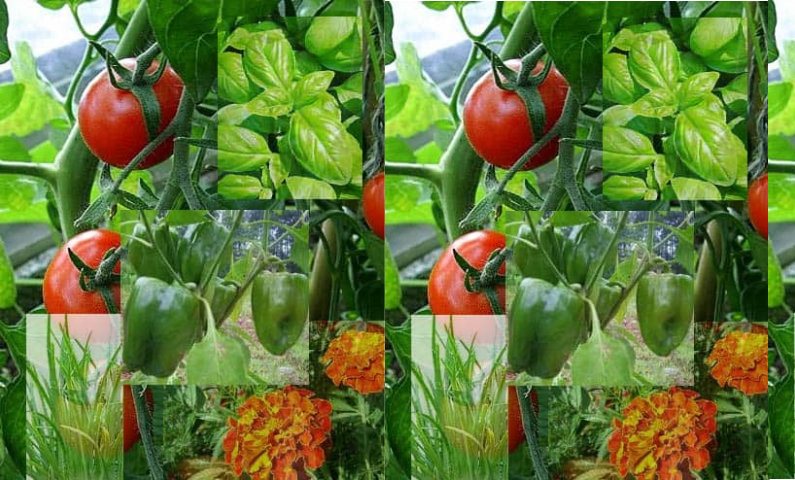
- Tomatoes and peppers: Peppers are also good companion plants for tomatoes, as they can help to deter pests and diseases. This image shows a tomato plant that has been planted next to a pepper plant.

Post a Comment for " Best Companion Plants For Tomatoes"